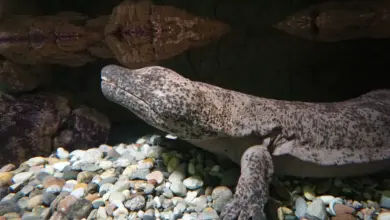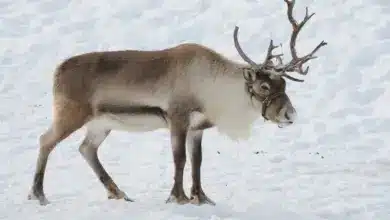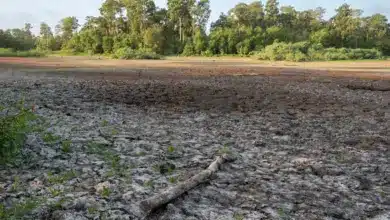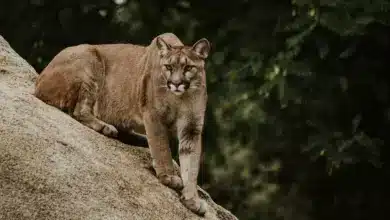Grizzly Bears Are Pushing Into Canadian Polar Bear Habitat
Grizzly Bears Are Pushing Into Canadian Polar Bear Habitat
Wildlife researchers from the American Museum of Natural History report that grizzly bears have been appearing in Canadian sub-Arctic habitat that previously was the exclusive domain of polar bears. The research team, led by Dr. Robert Rockwell, documented the presence of grizzlies in northwest Manitoba’s Wapusk National Park, in the area of Hudson Bay.
[ez-toc]
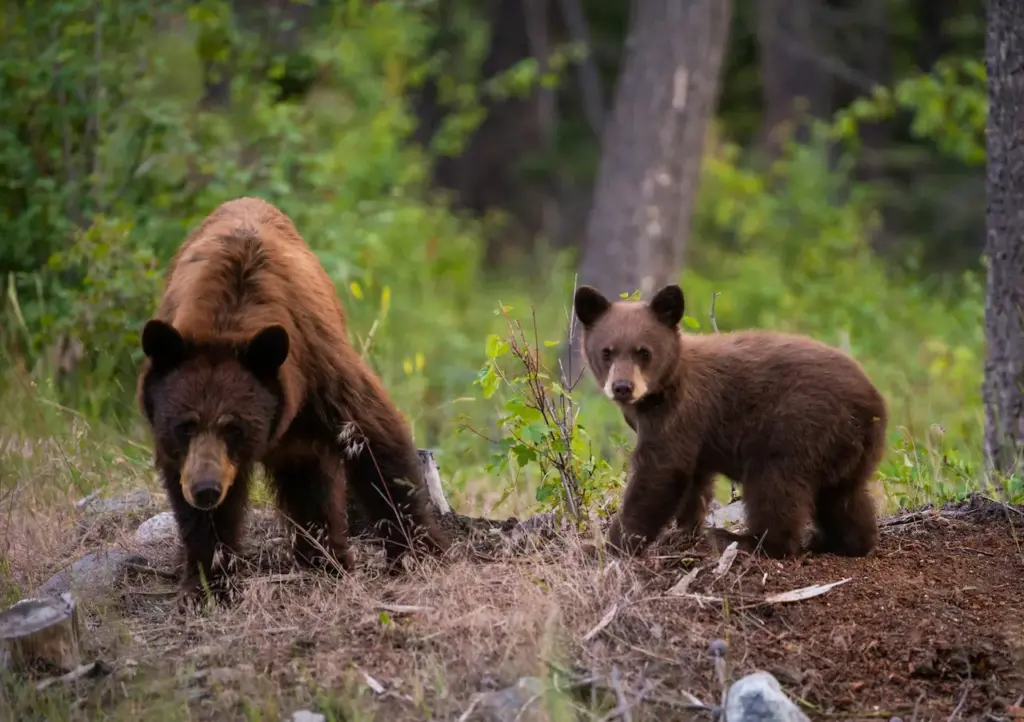
The Town of Churchill, Manitoba, on Hudson Bay, is perhaps the world’s most popular spot for observing polar bears.
Climate Change May Be Benefiting One Species To The Detriment Of Another
According to a report by Dr. Rockwell, which was published in the scientific journal Canadian Field-Naturalist, Wapusk National Park contains plentiful food resources for grizzlies, including berries, fish, caribou and moose. The report was careful not to attribute the grizzly’s northern expansion to any particular factor. However, wildlife researchers have previously predicted that climate-change-related warming of the Arctic and sub-Arctic tundras could create conditions favorable to a natural colonization by grizzly bears.
Polar bears, meanwhile, are struggling as a species due to a climate-change-related loss of habitat. The white bears hunt for prey such as seals on ocean ice—and that ice has become increasingly scarce due to rising temperatures in the northern oceans.
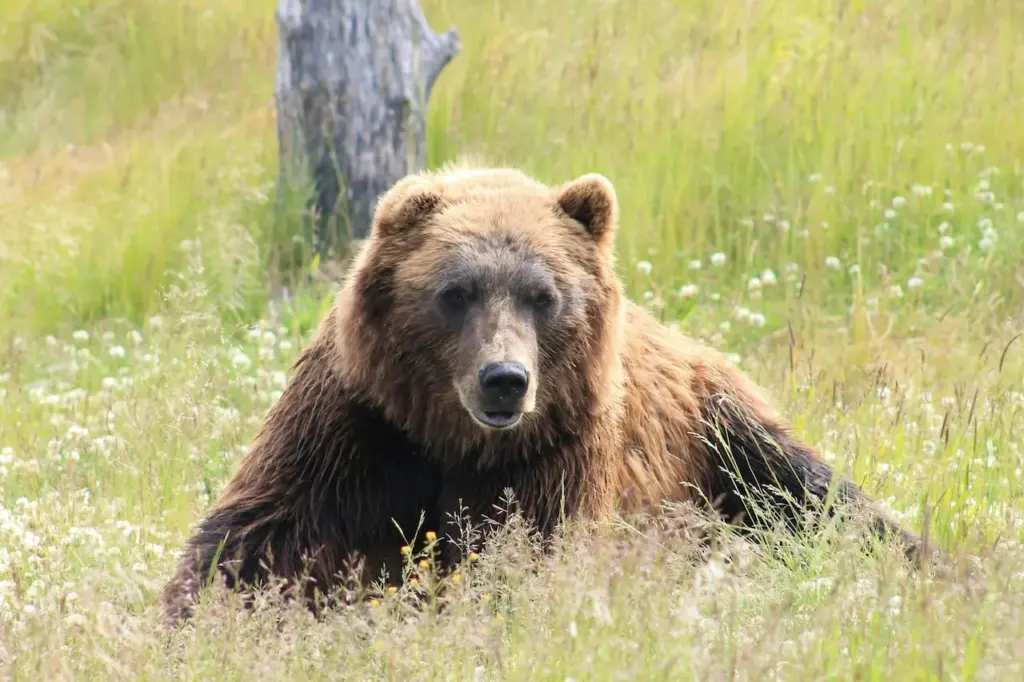
Habitat encroachment by grizzly bears could further harm polar bears through competition for food resources. In addition, Dr. Rockwell’s team reported some evidence to indicate that grizzlies may occasionally attack, kill and eat hibernating female polar bears and their young—and that polar bears may do the same to dormant grizzlies.
A further potential problem is the hybridization of polar bears and grizzly bears, which are closely related species. Polar bears are believed to have evolved from grizzlies during a glacial period about 300,000 years ago, and when the two species mate—which has occasionally occurred in the wild—they produce fertile young. Hybrid bears could complicate the survival of polar bears as a distinct species.
